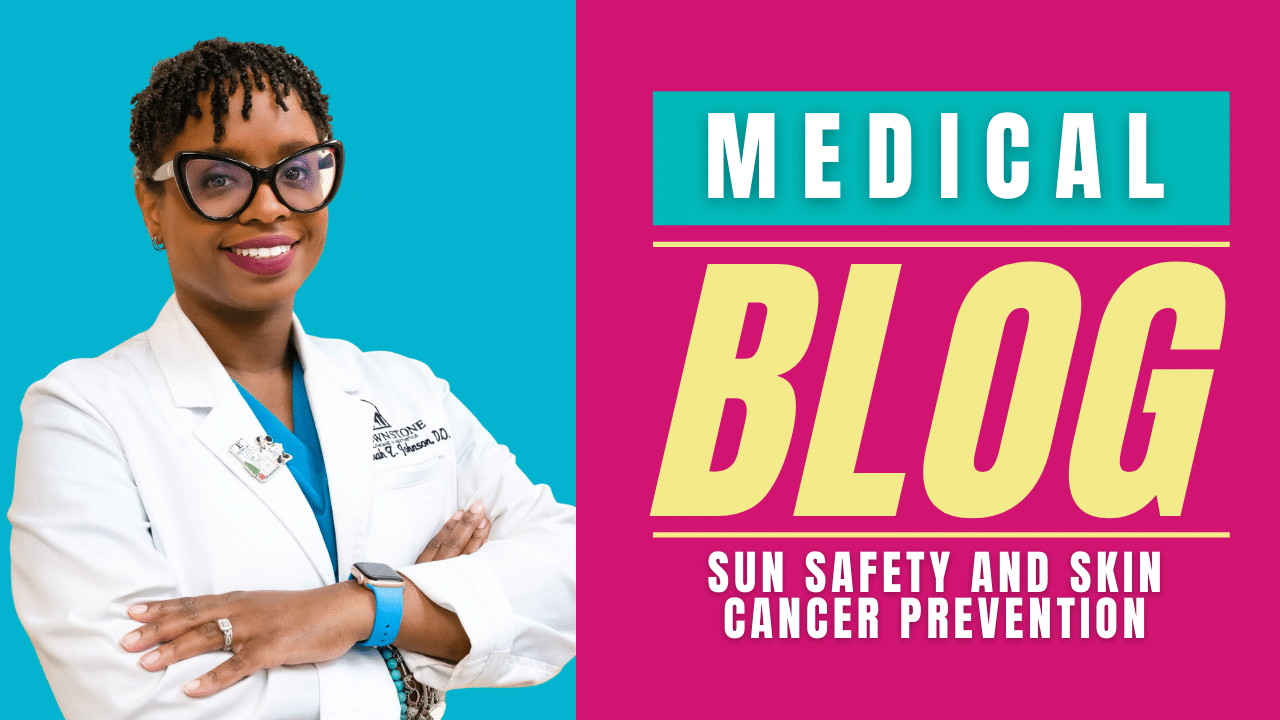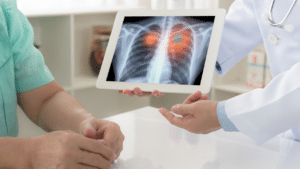The sun is a vital source of energy and vitamin D, but excessive exposure to its ultraviolet (UV) rays can have harmful effects on our skin, including skin cancer. Skin cancer is one of the most common types of cancer in the world, and it is preventable. This blog aims to raise awareness about sun safety and skin cancer prevention, and to encourage everyone to take steps to protect their skin from the sun.
The Importance of Sun Protection
The sun’s UV rays can damage the DNA in our skin cells, leading to the development of skin cancer. The risk of skin cancer is higher for people with fair skin, a family history of skin cancer, and those who have had multiple sunburns.
There are several things we can do to protect our skin from the sun, including:
- Seeking shade: Whenever possible, seek shade under trees, umbrellas, or awnings during the peak sun hours, which are typically between 10 a.m. and 4 p.m.
- Wearing protective clothing: Cover up with long-sleeved shirts, pants, and a wide-brimmed hat to protect your skin from the sun.
- Using sunscreen: Apply a broad-spectrum sunscreen with an SPF of 30 or higher to all exposed skin 30 minutes before going outside and reapply every two hours or after swimming or sweating.
- Avoiding tanning beds: Tanning beds and sunlamps emit harmful UV rays that can increase your risk of skin cancer.
- Regularly examining your skin: Perform a monthly skin check to look for any suspicious moles or changes in your skin.
Early Detection of Skin Cancer
Early detection of skin cancer is crucial for successful treatment. If you notice any changes in your skin, such as a new mole, a change in the size, shape, or color of an existing mole, or a sore that doesn’t heal, see a dermatologist right away.
Self-Exams
Performing regular self-exams is an important part of skin cancer prevention. To perform a self-exam, you should look for any changes in your skin, including:
- Asymmetry: A mole that is asymmetrical, meaning that one half of the mole doesn’t match the other half.
- Border: A mole that has an irregular border that is ragged, notched, or blurred.
- Color: A mole that has a variety of colors, such as brown, black, tan, red, or blue.
- Diameter: A mole that is larger than a pencil eraser.
- Evolution: A mole that is changing in size, shape, or color.
If you notice any of these changes in your skin, see a dermatologist right away.
Remember, sun safety is important. Protect your skin and enjoy the sun safely!
Additional Resources:
- Skin Cancer Foundation: https://www.skincancer.org/
- American Academy of Dermatology (AAD): https://www.aad.org/
- Centers for Disease Control and Prevention (CDC)

Dr. Kre Johnson is a Board Certified Family Medicine Physician and the sole owner of Brownstone Healthcare and Aesthetics. She is the Medical Director of the City of Birmingham’s Employee Health Clinic-Brownstone BWell Birmingham. She is the Event Producer of Wifeology and the founder of Three Twenty Girls, Inc. She loves God, traveling, and all things Southern!!
Brownstone BWell: Brownstone Healthcare has partnered with the City of Birmingham to offer primary care services to the employees of the City of Birmingham for $0 copayment. This partnership is for preventative services & screenings and sick visits. We partner with your current primary care physician and our goal is to keep you out of the ER and urgent care. We do not share your information with the City of Birmingham. We uphold HIPPA and professional standards. You can visit us at our downtown location 1700 5th Ave N Birmingham, AL 35203 or Trussville: 4643 Camp Coleman Road #117 Trussville, AL 35173 205-202-5650 call for your appointment today.





